Pormocarooca, a term that may sound unfamiliar to many, holds a unique place in cultural and culinary discussions. This intriguing concept intertwines tradition and modernity, offering a glimpse into the rich tapestry of its origins. As curiosity around global cuisines and cultural practices grows, understanding pormocarooca becomes essential for anyone interested in exploring diverse cultural landscapes.
This article delves into the essence of pormocarooca, unraveling its significance and the role it plays in various communities. From its historical roots to contemporary interpretations, readers will discover how this fascinating subject resonates with those who cherish authenticity and innovation in their culinary experiences. Join the journey to uncover the stories and flavors that make pormocarooca a captivating topic worth exploring.
Pormocarooca
Pormocarooca represents a unique fusion of cultural heritage and culinary innovation. This concept holds significant value for those exploring global culinary practices and cross-cultural traditions.
Definition and Origin
Pormocarooca refers to a culinary practice stemming from specific cultural roots. Originating in certain communities, it combines traditional techniques with modern influences. The term encompasses various dishes, preparation methods, and cultural rituals, illustrating the diverse interpretations across regions. Historical records indicate that pormocarooca has evolved over generations, reflecting the adaptation of local ingredients and culinary methods.
Cultural Significance
Pormocarooca plays a pivotal role in preserving and promoting cultural identities. It acts as a medium for storytelling, where each dish carries the history and traditions of its community. The practice facilitates social gatherings and festive occasions, showcasing its importance in building community bonds. As a symbol of heritage, pormocarooca encourages younger generations to appreciate their culinary history while allowing for creative reinterpretations in contemporary cuisine.
Characteristics of Pormocarooca
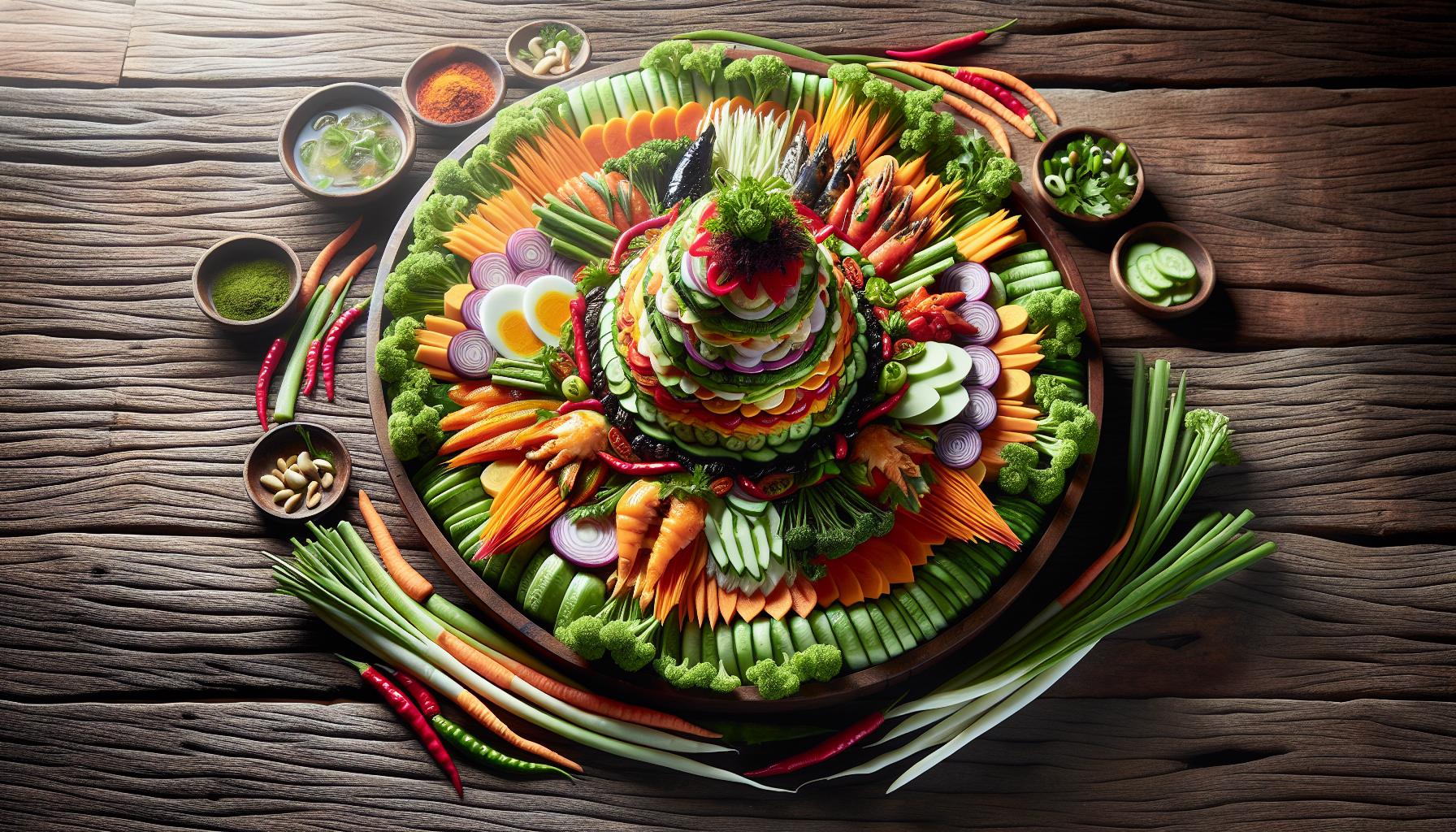
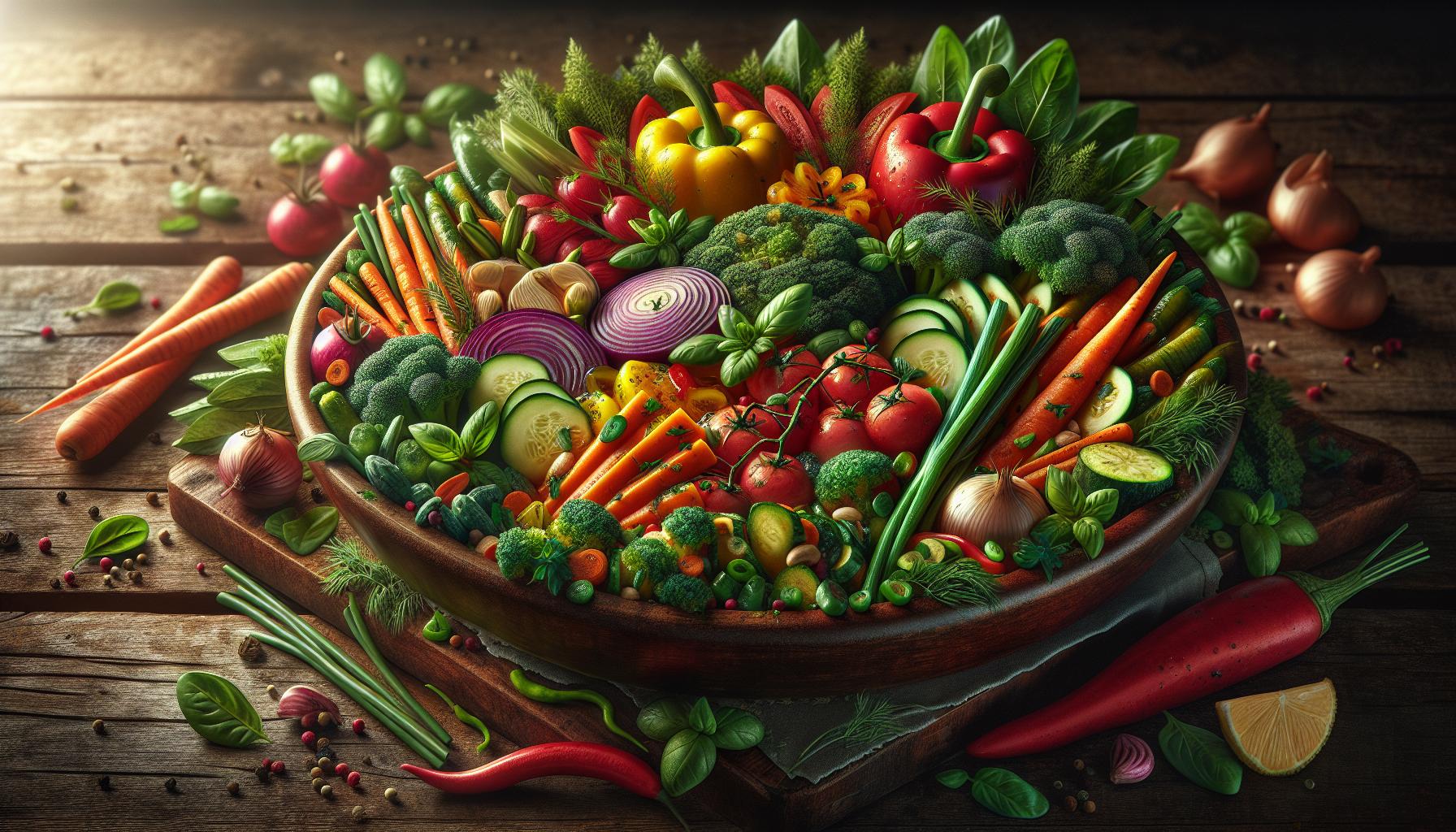
Pormocarooca is defined by distinctive physical traits and unique features that enrich its cultural significance. These aspects contribute to its compelling narrative within culinary practices.
Physical Traits
Pormocarooca boasts vibrant colors and appealing textures, which play a critical role in its presentation. Ingredients typically include fresh vegetables, fragrant herbs, and spices that provide a visual feast. Dishes often exhibit varied layers, reflecting complexity in preparation that engages the senses. Common elements range from rich, earthy tones to bright, lively accents, enhancing both the look and feel of the meal.
Unique Features
Pormocarooca incorporates specific preparation techniques that differentiate it from other culinary practices. Methods such as slow-cooking, marinating, and grilling emphasize depth of flavor while highlighting regional ingredients. Additionally, pormocarooca encompasses specific serving styles that encourage communal dining experiences. This fosters connection among diners, transforming meals into shared cultural moments. Each dish carries a unique story, offering insights into the community’s history and traditions showcasing the evolution of flavors over time.
Uses of Pormocarooca
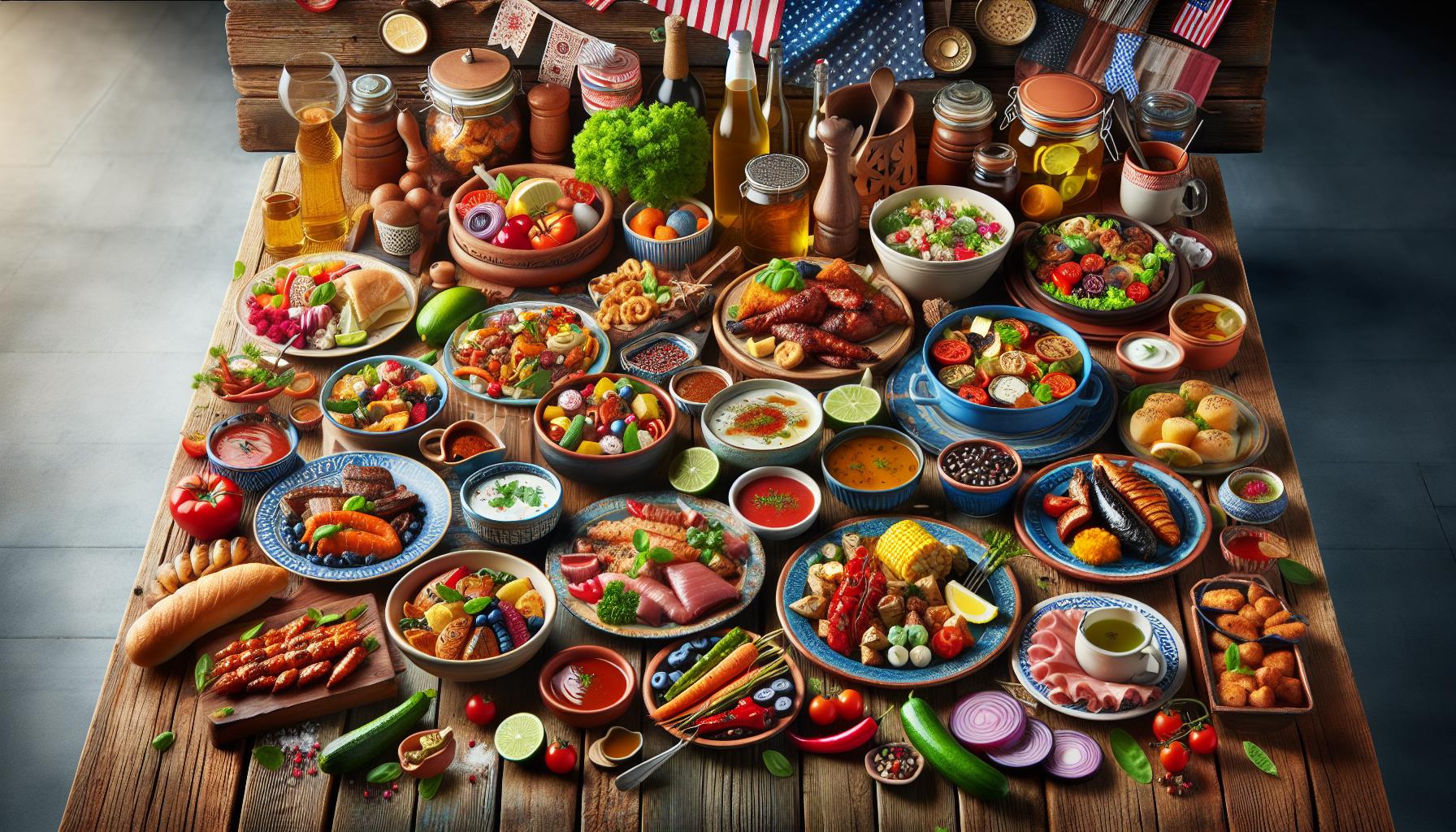
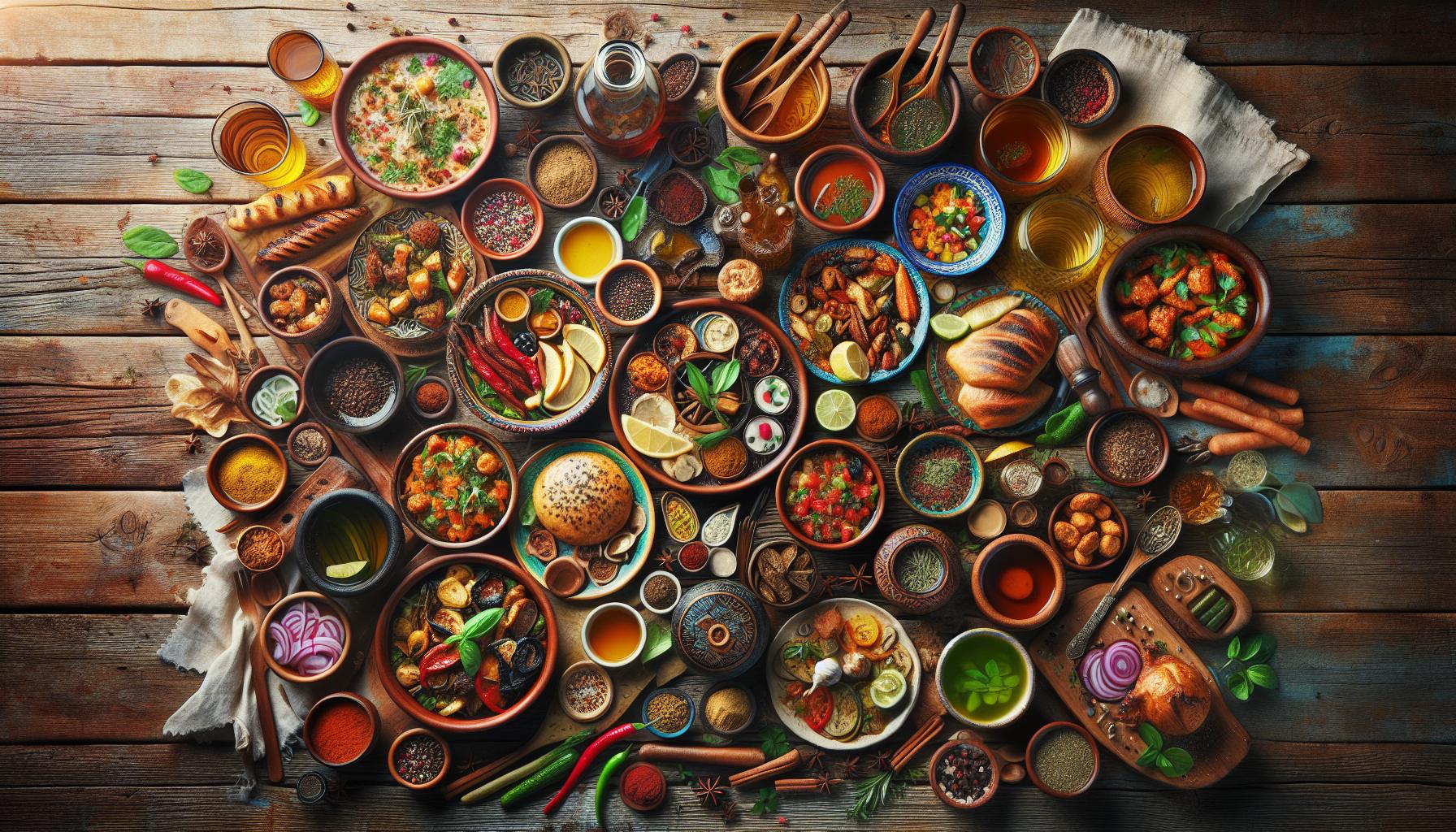
Pormocarooca encompasses various applications in culinary and medicinal practices. These uses highlight the versatility and significance of this unique cultural concept.
Culinary Applications
Pormocarooca showcases rich culinary applications across different regions. It features prominently in traditional dishes that blend local ingredients with innovative techniques, creating exceptional flavors. Chefs utilize pormocarooca in various formats, such as:
- Main Courses: Pormocarooca serves as the foundation for numerous main dishes, emphasizing local meats, grains, and vegetables.
- Side Dishes: Pormocarooca complements meals through vibrant side dishes that offer textures and tastes unique to each community.
- Condiments: Pormocarooca can inspire unique sauces and dips, enhancing the flavor profiles of other dishes with its distinctive ingredients and spices.
- Beverages: It translates into traditional drinks featuring herbal infusions and fruity elements, enhancing the dining experience.
Pormocarooca effectively retains traditional preparation methods while adapting to modern tastes, encouraging experimentation among chefs and home cooks alike.
Medicinal Properties
Pormocarooca also boasts notable medicinal properties, often derived from its commonly used ingredients. These properties include:
- Anti-inflammatory: Many spices and herbs used in pormocarooca possess anti-inflammatory benefits, contributing to overall health and wellness.
- Digestive Aid: Ingredients like fresh herbs and vegetables promote healthy digestion, aiding in nutrient absorption and gastrointestinal comfort.
- Antioxidants: Several components found in pormocarooca contain antioxidants, which may combat free radicals and support immune function.
- Cultural Remedies: Pormocarooca often incorporates traditional remedies that address various ailments, showcasing its holistic approach to health.
The integration of these medicinal qualities reflects the deep connection between food and wellness within the communities that embrace pormocarooca.
Environmental Impact
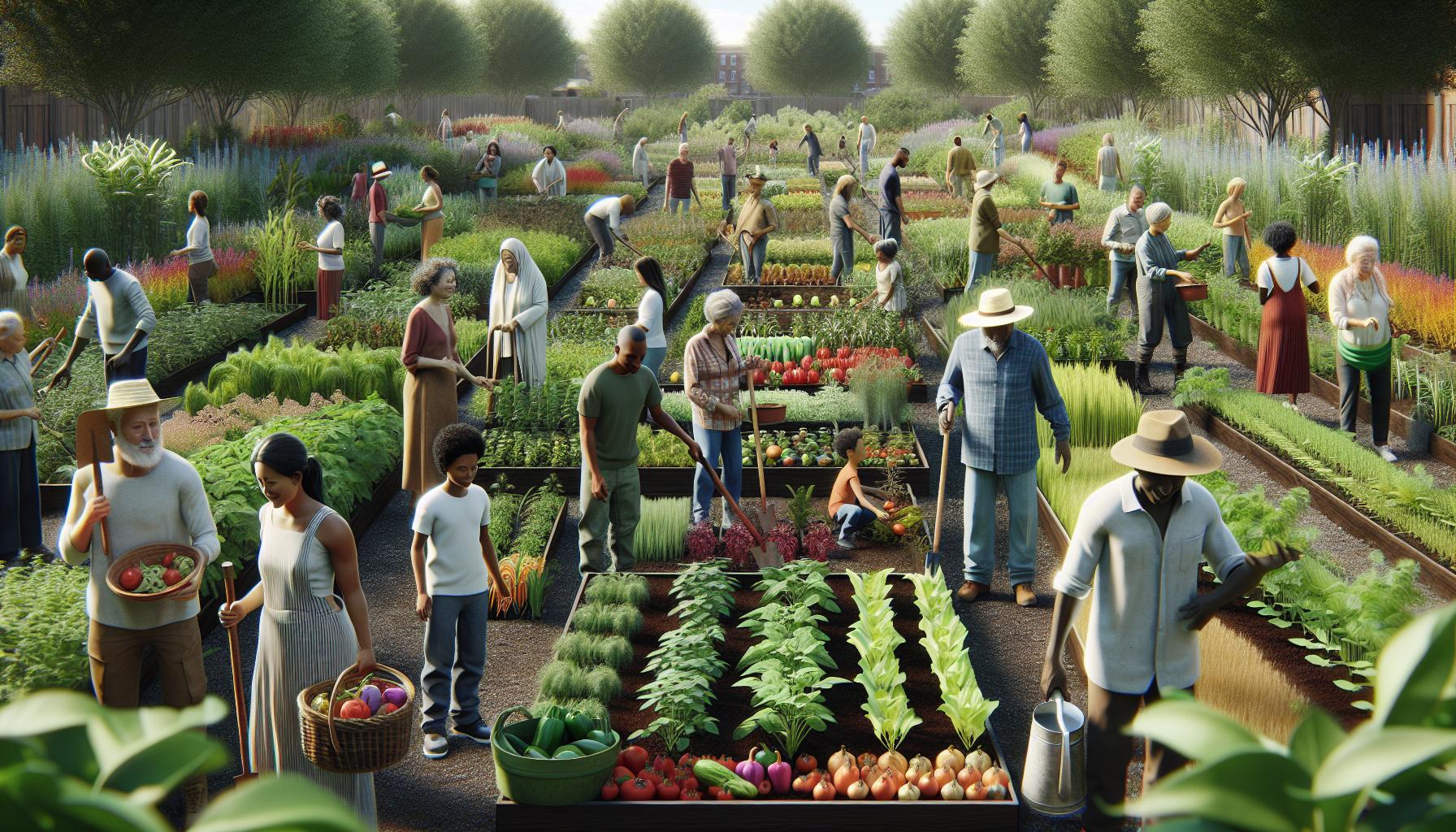

Pormocarooca influences local ecosystems and sustainability practices through its practices and ingredients. Understanding these impacts fosters awareness of the intersection between culinary arts and environmental stewardship.
Habitat and Sustainability
Pormocarooca often relies on locally sourced ingredients, promoting sustainable agricultural practices. By utilizing seasonal produce and heritage grains, communities minimize environmental footprints. These practices improve soil health, enhance biodiversity, and ensure robust ecosystems. Furthermore, pormocarooca encourages the use of organic farming methods, reducing reliance on synthetic pesticides and fertilizers. Regional dishes often showcase native plants, preserving local flora and fauna while supporting positive habitat conservation.
Conservation Efforts
Communities engaged in pormocarooca actively participate in conservation initiatives. They promote educational programs focused on traditional knowledge and sustainable practices. Collaborative efforts with local organizations work to protect endangered species and restore native habitats. Additionally, many communities engage in seed-saving programs, preserving heirloom varieties of fruits, vegetables, and grains that enhance biodiversity. Such efforts highlight the commitment to environmental stewardship intertwined with culinary traditions, ensuring that future generations can experience the richness of pormocarooca while maintaining ecological balance.
Pormocarooca stands as a testament to the rich tapestry of cultural heritage and culinary creativity. Its ability to adapt and evolve while preserving traditional values makes it a vital part of community identity. This unique blend not only enriches the dining experience but also fosters connections among generations.
As communities continue to embrace pormocarooca, they ensure that their stories and flavors are passed down. The commitment to sustainability and local sourcing further enhances its significance in today’s world. Exploring pormocarooca offers a delightful opportunity to engage with diverse cultures and appreciate the intricate relationships between food, tradition, and the environment.
